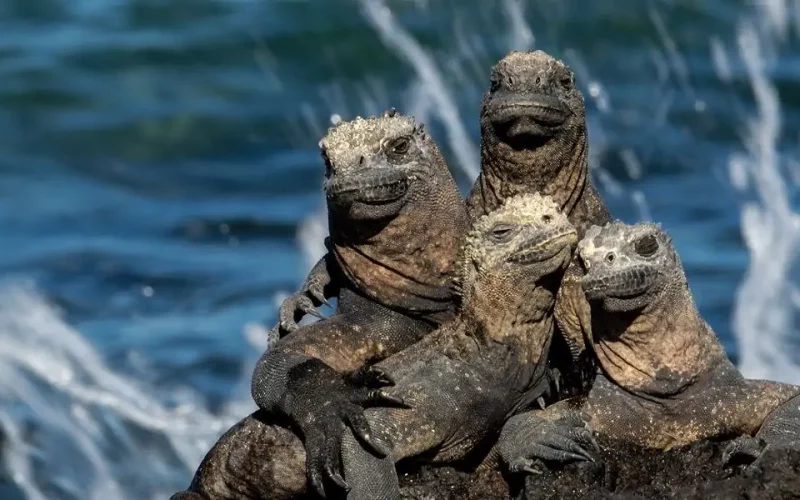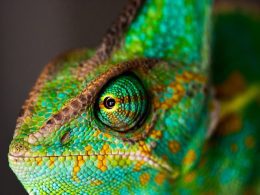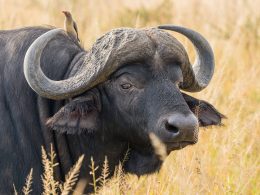Islands are not only breathtaking paradises of natural beauty but also serve as homes to some of the most incredible creatures like amazing animals on Earth. From unique adaptations to remarkable behaviors, these amazing animals contribute to the rich biodiversity found in island ecosystems. In this article, we’ll delve into the world of amazing animals that call islands their home.
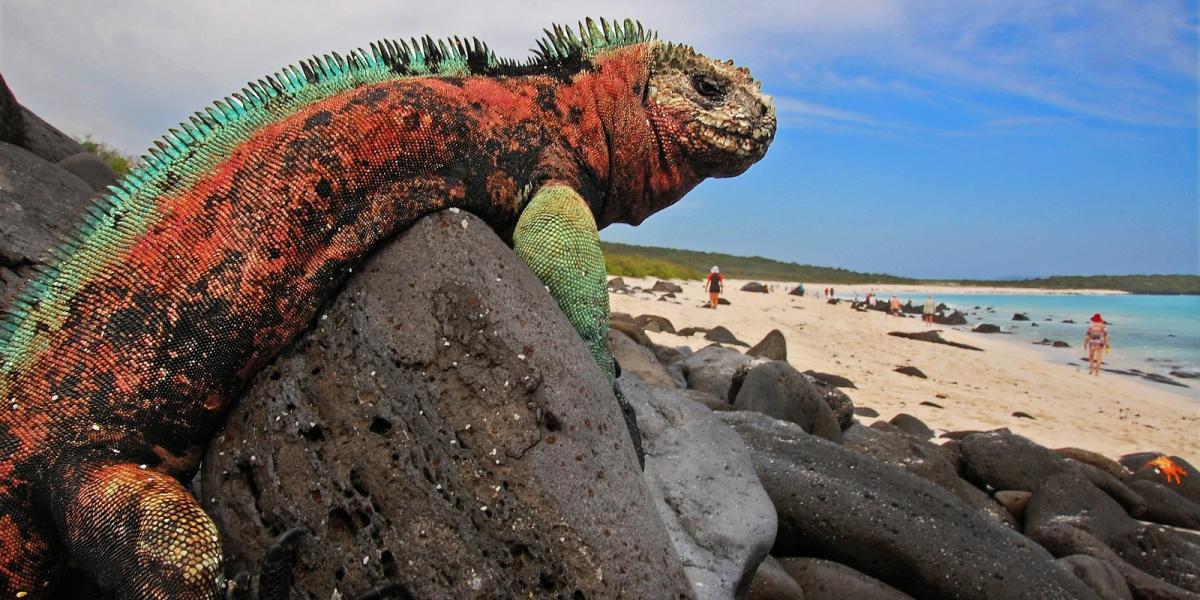
1. Galápagos Giant Tortoise: A Living Legend
The Galápagos Islands are renowned for their remarkable biodiversity, and the Galápagos Giant Tortoise is undoubtedly one of the most iconic residents. These colossal reptiles can weigh up to 900 pounds and live for over a century. Their sheer size and longevity make them a symbol of endurance and resilience.
2. Komodo Dragon: The World’s Largest Lizard
Found on the Indonesian islands of Komodo, Rinca, Flores, and Gili Motang, the Komodo Dragon is the largest living lizard species on the planet. These formidable predators can grow up to 10 feet in length and possess a lethal bite thanks to the toxic bacteria in their saliva. Their existence is a testament to the awe-inspiring diversity of island life.
3. Galápagos Penguin: A Tropical Rarity
Another marvel from the Galápagos Islands is the Galápagos Penguin, the only penguin species found north of the equator. These resilient birds have adapted to the warm climate of the archipelago, carving out a niche in a habitat where few other penguins could survive.
4. Lemurs: Madagascar’s Primate Pioneers
Madagascar, often referred to as the “Eighth Continent,” is home to an array of unique flora and fauna, with lemurs taking center stage. These primates are found nowhere else on Earth and display a diverse range of behaviors and appearances, from the tiny mouse lemur to the charismatic ring-tailed lemur.
5. Galápagos Marine Iguana: The Only Ocean-Going Lizard
Continuing the Galápagos theme, the Marine Iguana stands out as the only lizard species capable of foraging in the ocean. With its flattened tail and sharp claws, it navigates the underwater realm in search of algae, embodying the extraordinary adaptability of island-dwelling animals.
6. Tasmanian Devil: A Feisty Island Icon
Once widespread across mainland Australia, the Tasmanian Devil now finds refuge on the island state of Tasmania. Despite its small size, this carnivorous marsupial is known for its ferocious temperament and spine-chilling screeches, earning it a well-deserved place among the amazing animals of the world’s islands.
7. Galápagos Hawk: Apex Predator of the Archipelago
Rounding out our Galápagos trio is the Galápagos Hawk, a top predator that reigns supreme over the islands’ diverse ecosystems. With keen eyesight and powerful talons, it preys on a variety of small animals, playing a crucial role in maintaining the delicate balance of island life.
8. Orangutans: Guardians of Borneo and Sumatra
Borneo and Sumatra, two of the largest islands in Southeast Asia, are home to the critically endangered orangutans. These intelligent great apes are known for their remarkable tool-making abilities and gentle demeanor, making them beloved symbols of conservation efforts in the region.
9. Kiwi: New Zealand’s Nocturnal National Icon
The Kiwi, a flightless bird native to New Zealand, holds a special place in the hearts of Kiwis (both the bird and the people). With its long beak and nocturnal habits, this enigmatic creature embodies the unique evolutionary history of New Zealand’s isolated island ecosystems.
10. Galápagos Fur Seal: Masters of Land and Sea
Last but certainly not least, we return to the Galápagos Islands to meet the Galápagos Fur Seal, a charming pinniped that splits its time between land and sea. With its sleek fur and playful antics, it epitomizes the beauty and resilience of the amazing animals that inhabit the world’s islands.
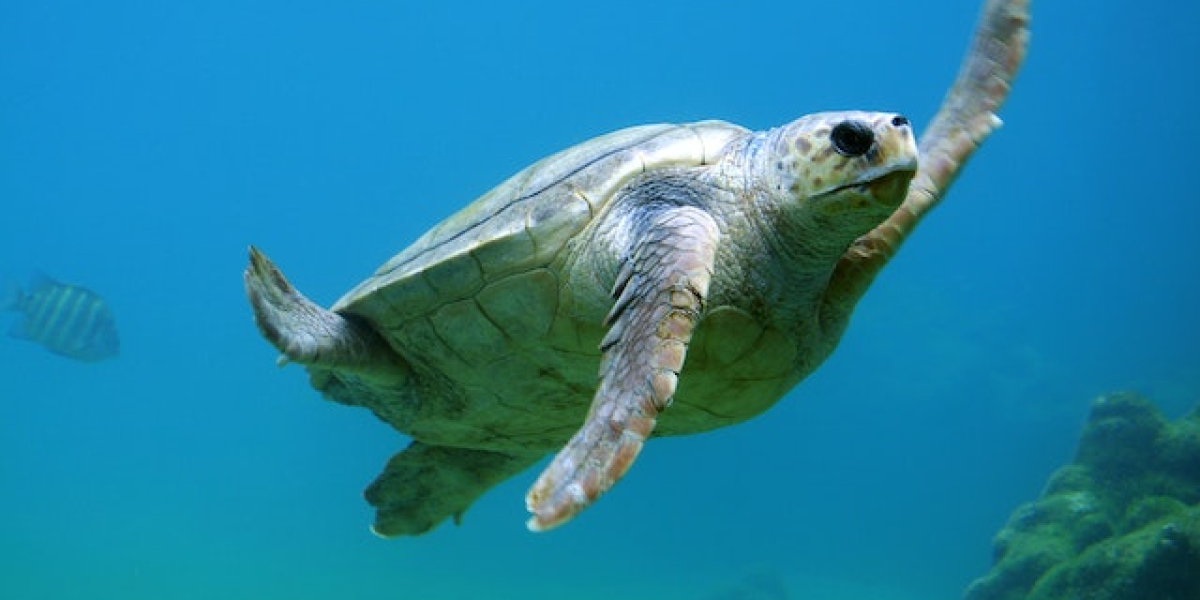
In conclusion, the biodiversity of island ecosystems is nothing short of astounding, with each island harboring its own cast of amazing animals. From ancient giants to agile climbers, these creatures have adapted to their isolated environments in remarkable ways, reminding us of the boundless wonders of the natural world.






